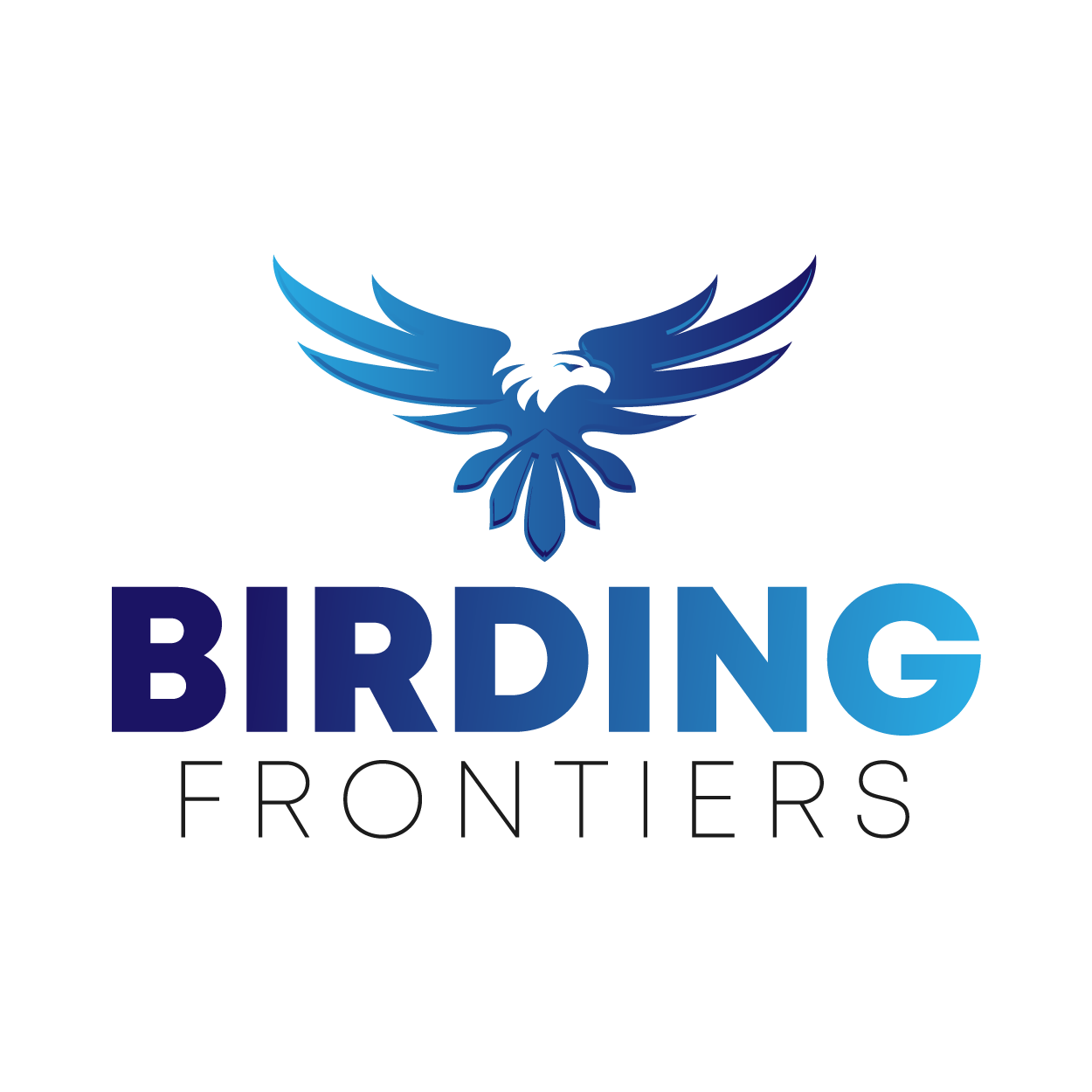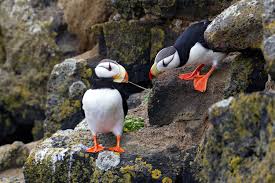Introduction
Quick Navigation
Horned puffin, scientifically known as Fratercular corniculata is a Northern pelagic seabird native to Atlantic Ocean in places such as British Columbia, Alaska, and Siberia. These birds also occur in Canada, Norway, Denmark, Canary Island, and Spain. Horned puffins live in colonies and they feed by diving for fishes in the sea. Its horns are small, fleshy spikes that extend beyond its eyes. Horned puffins are beautiful birds, colored white and black, while their bills are colored orange and yellow. Horned puffins are flying birds that will normally run on the water surface over a long distance before they get in the air. They are better swimmers than fliers. Horned puffins are similar to Pacific puffins but are distinguishable by the orange-colored tips of their bills. They mostly have white undersides and black backsides.
Characteristics of Horned Puffins
Distinguishing features of horned puffins are as follows:
They have white face.
They have orange-colored bill tips.
They have black backsides.
They have white undersides.
They have triangular beaks.
They are diurnal animals.
Their males are slightly bigger than females when seen together.
They are intriguingly fast birds, whose wings beat 300 or 400 times upon sighting a predator.
They have a wingspan of 47cm-63cm.
They have height ranging between 28cm and 32cm.
They are able to hold several fishes in their bills during one hunting episode.
Feeding Habit and Lifestyle of Horned Puffins
Horned puffins feed primarily on fishes but their diets also include crustaceans, squids, small invertebrates, and marine plants. They are highly sociable animals that occur in colonies both on land and in water. Each colony may comprise as many as 2 million individuals! Experts say that colony is a technique of horned puffins for protection from impending predators.
In cold seasons, horned puffins prefer to stay in water to keep themselves warm while they spend warm seasons on cliffs. However, horned puffins spend most of their time in water hunting for preys. Horned puffins breed in summer seasons on cliffs. After mating, the female horned puffin digs deep hole in the ground and lays her eggs there. She lays one egg per time. The eggs are sheltered by brownish feathers and then covered with soil. The eggs are usually incubated by both parents for a period of about six weeks after which they are hatched. When hatched, baby horned puffins, called pufflings or chicks, are nurtured and trained by both parents who bring food supplies to them from the sea, usually for about two months. Beyond this time, pufflins are able to hunt for themselves. Mating of young individuals begin from around four or five years. The life span of horned puffins have been found to be about 20 years although they are known to live up to 30 years in some cases.
Puffins’ Predators and Dangers
Horned puffins, even though being wonderful creatures, are not without enemies and threats. Among the dangers that readily ensnare them are gulls, hawks, eagles, owl, skuas, and foxes. However, recent increase in human population, and subsequent expansion to the natural habitats of these birds have further increased these threats such as cats, dogs, who are introduced to the natural habitats of the birds. Furthermore, incessant spilling of industrial oil on water surface by tankers, and while fishing has impacted their population negatively in many regions in the modern time.
Relationship of Horned Puffins to Humans and Their Conservation Status
Puffins are native to northern Pacific and Atlantic regions of the world. Ever since humans have inhabited these regions, they have interfered intensively with horned puffins. Also, other animals who are non-native of these regions have been introduced by humans. Both humans and non-native animals that they introduced to these places have negatively affected the population of horned puffins over the years. Usually, puffins are prone to danger and attack when they come to nest on land during the breeding season. Humans on one hand hunt auks and their eggs for food while their non-native animals prey on puffins for flesh. Also, oil spillage by tankers is another major way whereby humans are affecting the puffin population. Modern tourism is another avenue whereby humans are affecting puffins by way of excessive debris turnout. These and other factors have led to attacking and endangering of puffins, and has led to the extinction of many colonies from several locations.
However, despite the threats and dangers to the puffin population as described above, puffins still cover large areas in different parts of the world. This may not be unconnected with deliberate efforts toward their conservation by several agencies and governments by means of acts and legislation such as Migratory Bird Treaty Act of 1918 in North America. The Migratory Bird Treaty Act of 1918 prohibits illegal hunting and selling of migratory birds, their eggs, and feathers.
What More Can be done to Conserve Puffins
Apart from the existing Acts and Legislation toward preserving puffins, other conservative efforts may be adopted in order to keep horned puffins from going to extinction. Although such efforts will be based on treaties, they are not impossible. One such effort is to organize beach clean-up. Also, people who are resident near the coast should educated on the dangers of polluting the aquatic habitat. This can be achieved by public enlightenment programs. Private organizations and institutions can also help organize programs such as Audubon’s Seabird Restoration Program of the National Audubon Society in the United States. This will help to remove debris from the coasts and landward boundaries of the natural habitats of auks.
Conclusion
Horned puffins are beautiful birds of the northern Pacific and Atlantic regions of the world. However, the increasing human population and resulting expansion to the natural habitats of these birds are a major concern lately. This is against the low rate of reproduction of this species. An urgent, deliberate effort is required to avert their going to extinction.

